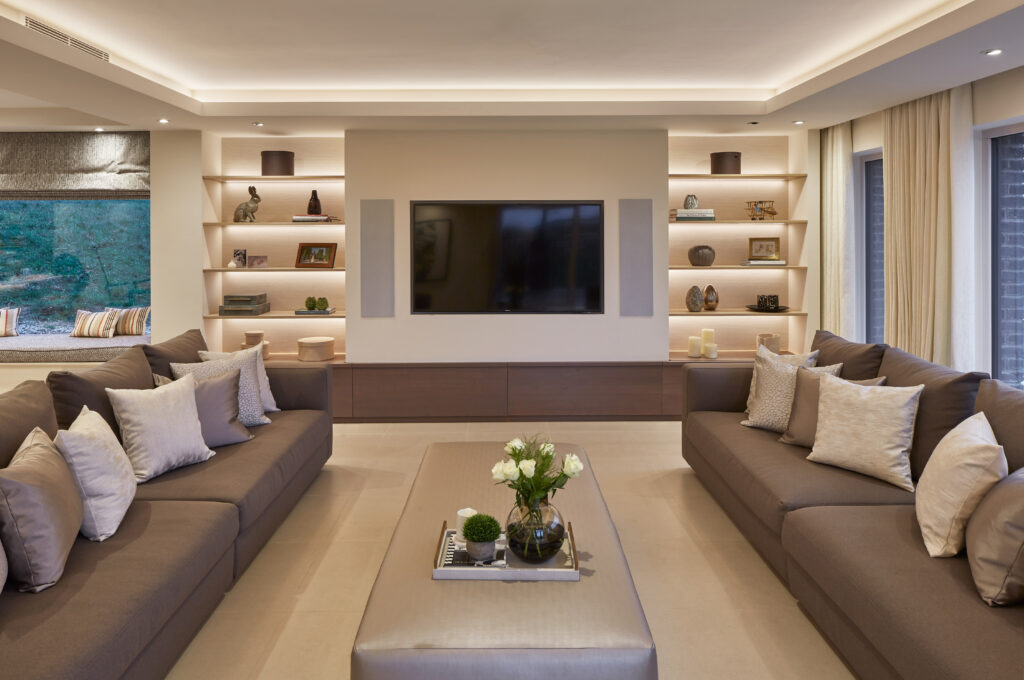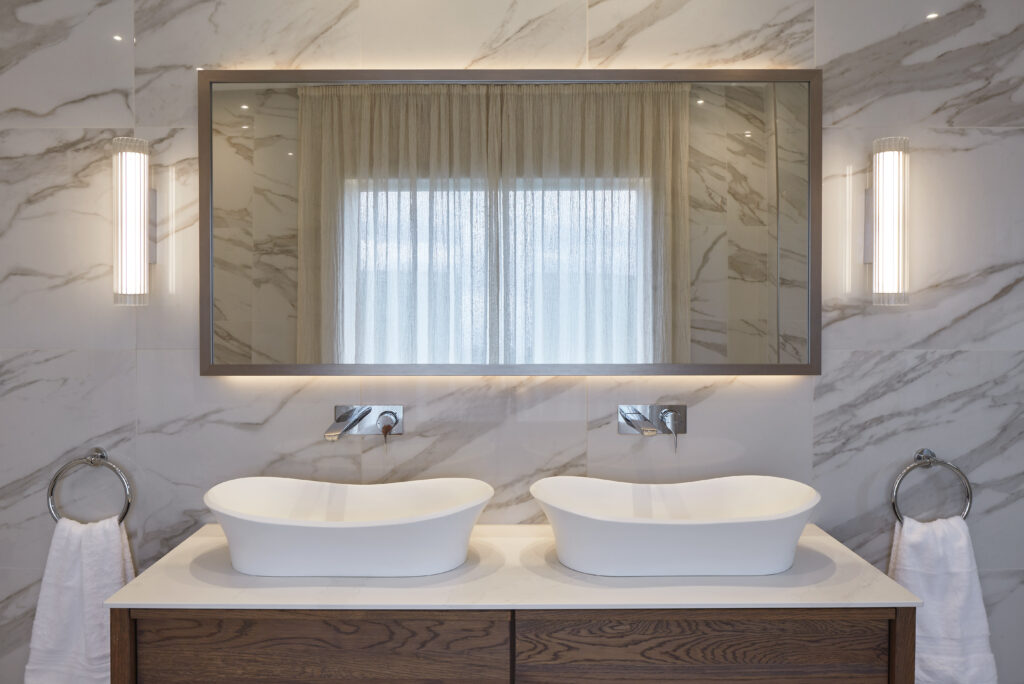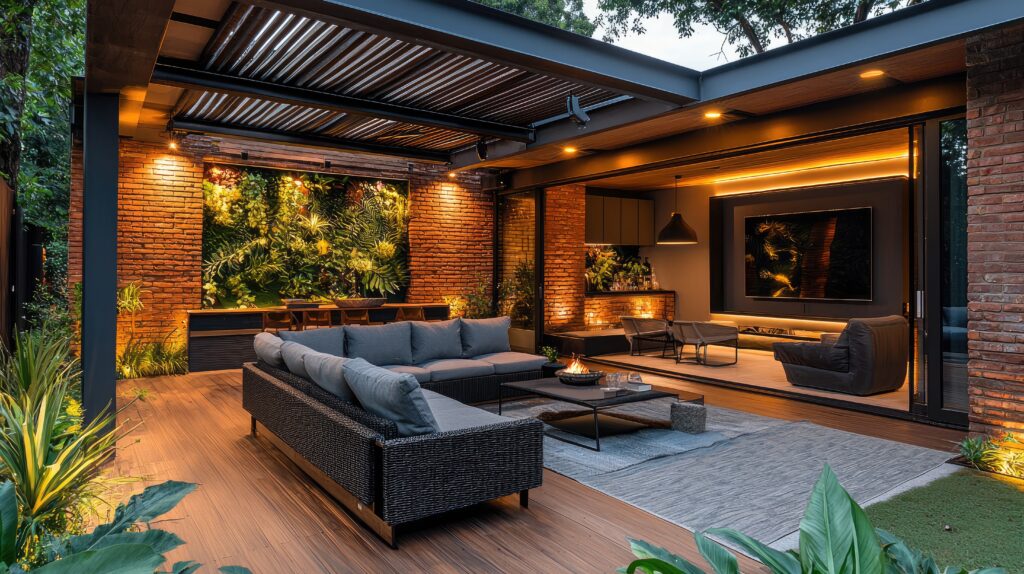Understanding maintained vs non-maintained
There are a number of specific terms within the emergency exit product range, which are important to understand. This is principally to ensure that the correct product is specified, quoted and installed into the application – getting the best product for the job.
The first example of this is maintained and non-maintained. These are common choices available across a wide set of products, but each option produces a markedly different lit effect after commissioning.
Maintained fittings are on all the time, like a normal luminaire. As a result, they can be used as part of the general lighting scheme of the room. Maintained fittings are mains powered and have a battery backup, which keeps the lights on in the event of a power failure. Typically the battery back-ups will be a minimum of 3 hours duration and provide 10% of the light output. This is enough time and light for safe passage through the building.
On the other hand, non-maintained fittings only turn on in the event of a power failure. This means that in normal times, the light will be off. Similarly to the maintained fittings, there is a set duration that the lights will be live for, which depends on the battery and product type. The escape route light is a classic example of a non-maintained fitting. It provides illumination of a path out of the building, to efficiently guide people out.
There are options available which are both maintained and non-maintained. These products can be wired differently depending on what is required in the installation. The EMBH145S is an example of one of these products.
Specification of an emergency system is often dependent on the installation, the nuances of each project means that there is not a one-size-fits-all approach. The Collingwood technical and sales teams are always on hand to provide advice and expertise on this, should you require any assistance.



